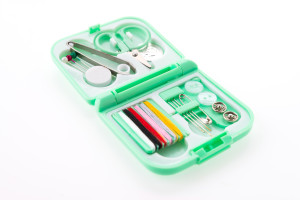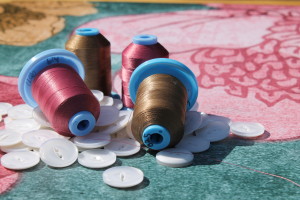Even if you don’t work in healthcare, stains happen. Whether someone bumps into you while holding a cup of coffee, or you spill your glass of red wine, there are a multitude of ways that life can ruin your clothes.
If you work in healthcare, you’ll probably experience more stains than the rest of us! Here are the most stubborn stains and how to get rid of them.
- Blood
One of the toughest stains to remove is blood – not a good look on an otherwise pristine white lab coat. Rinse the stain immediately under cold water, let it soak in a mix of water and dish soap, and use a stain remover like OxyClean before laundering. - Ink
If you’ve gone your whole medical career without having a pen explode in your pocket, you are the exception to the rule. Ink stains are unsurprisingly extremely difficult to remove, but most water-based inks should come out in the wash with some stain remover. If you aren’t dealing with performance fabric, some recommend that nail polish remover can help dissolve the stain, but I don’t recommend you do this on any nice clothes that have technologic features imbued in the fabric. - Coffee
Another unsurprising yet stubborn stain is coffee, the lifeblood of so many working in healthcare. Rinse the stain in cold water as soon as possible – the longer you wait, the more time the stain has to set in. Rub soap on it, but not too hard, and apply stain remover before laundering. - Wine
It’s a vice of many, and it’s hard to get out of your clothes if you’re a fan of the reds! Experts suggest that to remove a wine stain, soak the garment in a mixture of water, dish soap and white vinegar. Rinse and apply an enzyme-based stain remover before washing.
A good rule of thumb to remember whenever dealing with a stain, is to avoid hot temperatures as this will cause the stain to set into your clothes.







